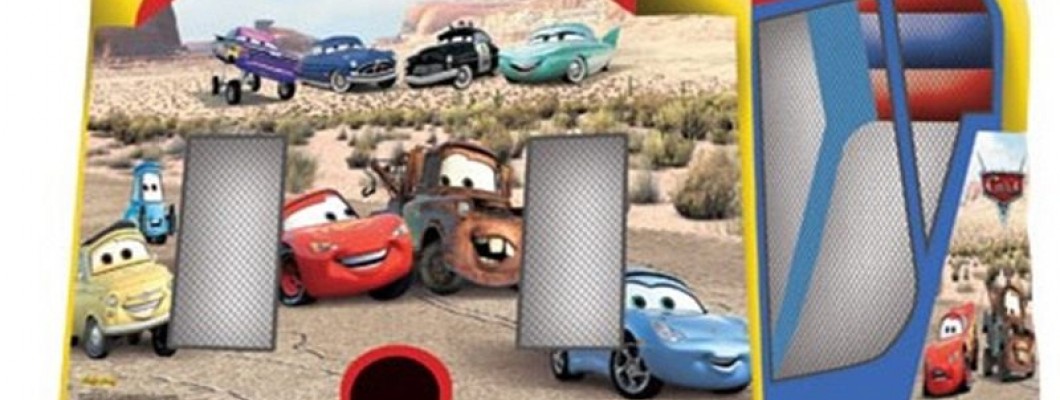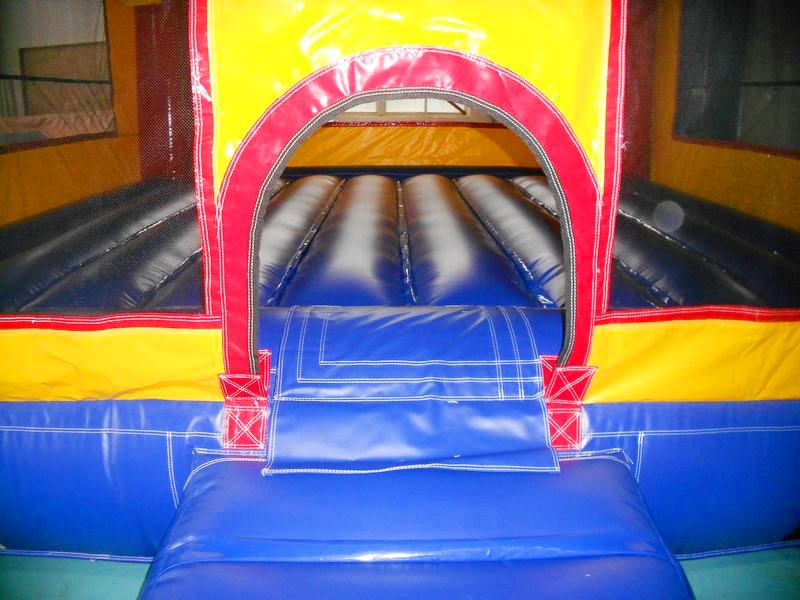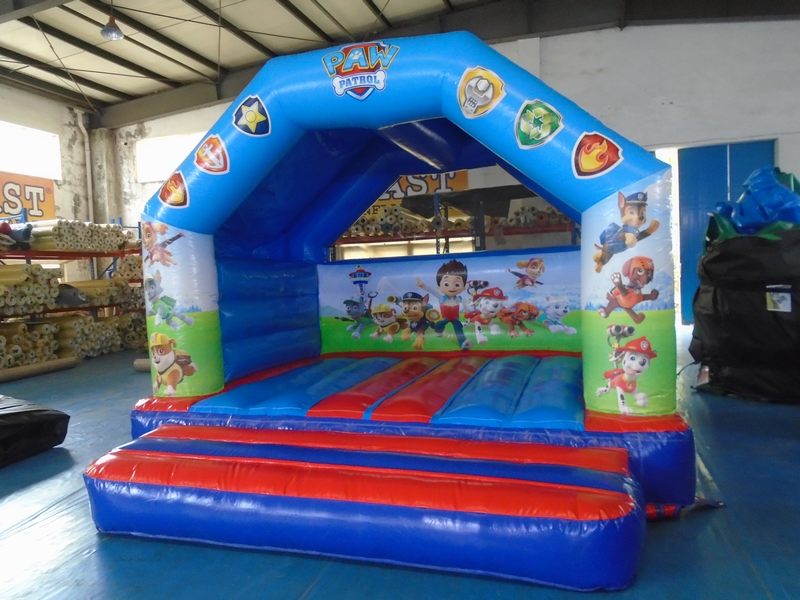
Jumping castles are a popular source of entertainment for children, providing a fun and active environment. However, the question of whether they can accommodate special needs children is crucial for ensuring inclusivity and safety. This article explores how jumping castles can be adapted to meet the needs of children with disabilities.
1. Accessibility Features
Many jumping castles can be designed with accessibility features to accommodate special needs children:
- Ramp Access: Jumping castles can include ramps instead of steep steps, allowing children with mobility challenges to enter and exit easily.
- Wide Openings: Castles with larger entry points can make it easier for children who use wheelchairs or other mobility devices to participate.
2. Soft Landing Areas
To ensure a safe experience, many jumping castles come equipped with:
- Padded Floors: Soft flooring can provide a gentle landing for children who may fall, reducing the risk of injury.
- Safety Barriers: Reinforced walls or netting can help prevent falls while allowing caregivers to keep an eye on children inside.
3. Supervision and Support
When accommodating special needs children, supervision and support are essential:
- Adult Supervision: Ensure that there are enough adults present to assist and supervise children with special needs while they enjoy the inflatable.
- Peer Support: Encouraging friends or siblings to join can help create a more inclusive environment, making it easier for special needs children to feel comfortable and engaged.
4. Customised Experiences
Jumping castles can be customised to enhance the experience for special needs children:
- Quiet Zones: Some inflatables can have quieter areas or sensory-friendly spaces for children who may become overwhelmed.
- Interactive Features: Including interactive elements such as sensory panels or calming lights can provide an engaging experience tailored to individual needs.
5. Consultation with Parents and Caregivers
Before planning an event with jumping castles, it's vital to:
- Discuss Needs: Engage with parents and caregivers to understand specific requirements and any concerns they may have regarding their child's participation.
- Tailor Activities: Adjust activities within the jumping castle to accommodate varying abilities, ensuring that all children can participate and have fun.
Conclusion
In conclusion, jumping castles can indeed accommodate special needs children with the right features, support, and planning. By incorporating accessibility measures, ensuring proper supervision, and fostering an inclusive environment, everyone can enjoy the fun and excitement that jumping castles offer. Prioritising inclusivity and safety allows for a joyful experience for all children, regardless of their abilities.


